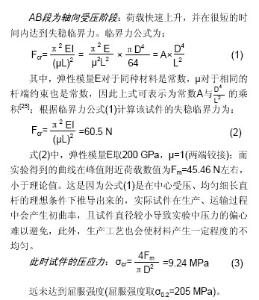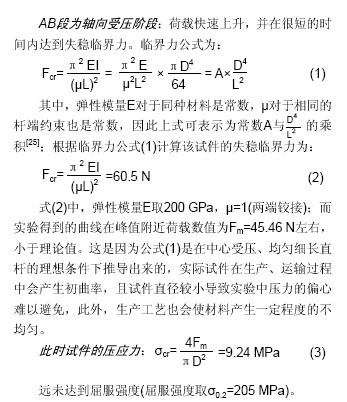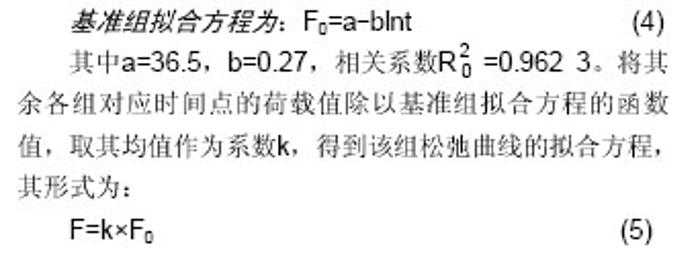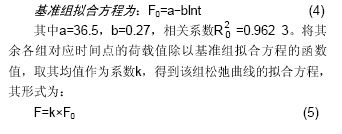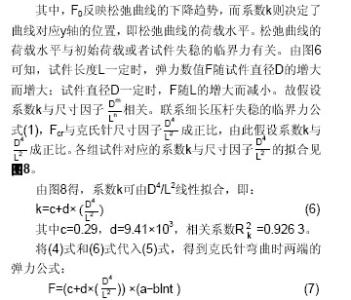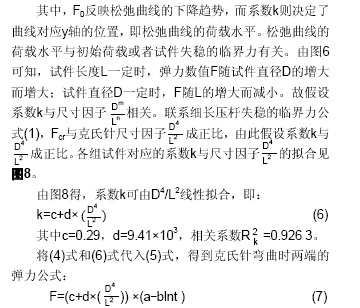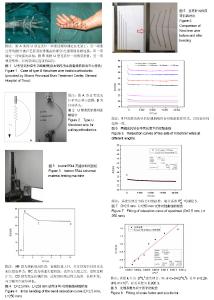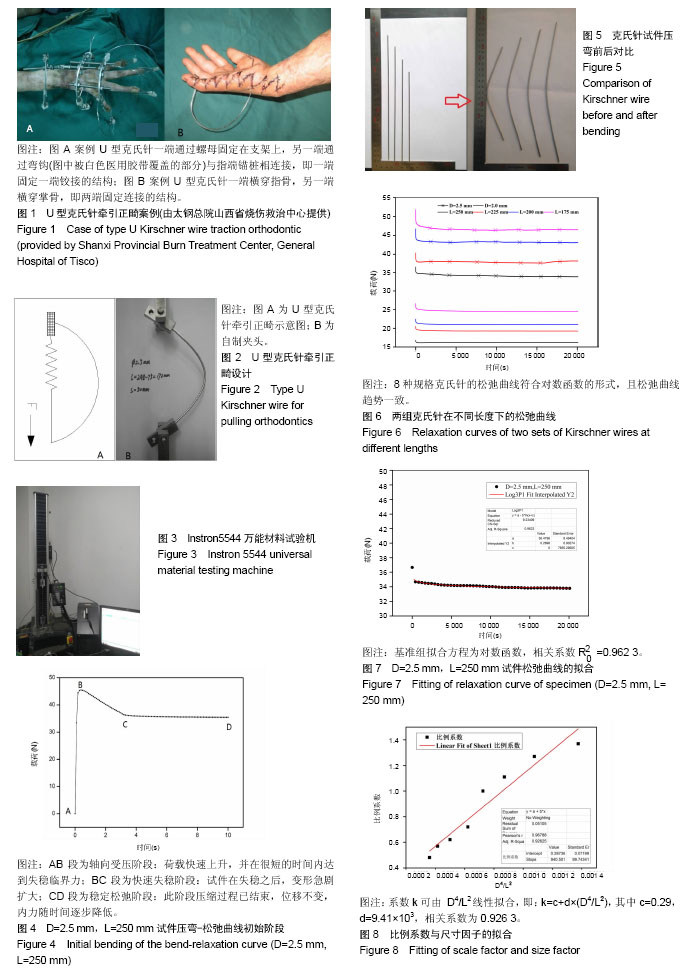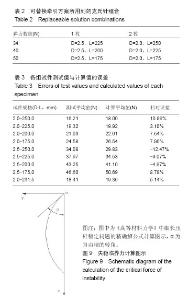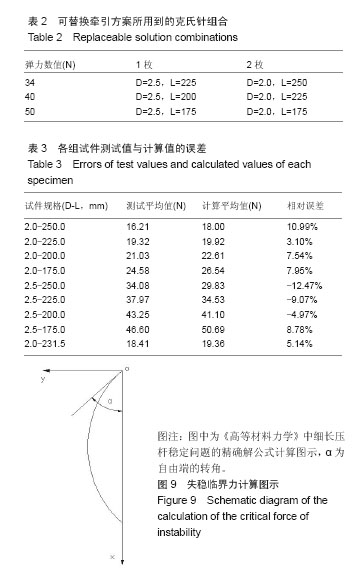| [1] 高榅青.克氏针的临床应用综述[J].按摩与康复医学,2015,6(23): 41-42.[2] 李起鸿.骨外固定学[M].北京:人民卫生出版社,2009.[3] 秦泗河.现代骨外固定技术——传统的继承、发展与突破[J].山东医药,2012,52(36):1-2.[4] Choi IH, Ahn JH, Chung CY, et al. Vascular proliferation and blood supply during distraction osteogenesis: a scanning electron microscopic observation. J Orthop Res. 2000;18(5): 698-705. [5] Chin M, Toth BA. Le Fort III Advancement with gradual distraction using internal devices. Plast Reconstr Surg. 1997; 100(4):819-830. [6] Chang H, Kwon ST, Chung CY, et al. Changes in skin during distraction osteogenesis of the tibia in Sprague-Dawley rats: Verification of epidermal proliferation by immunohistochemical methods. Scand J Plast Reconstr Surg Hand Surg. 2007;41(3):97-102. [7] 外科植入物 金属骨针 第1部分:材料和力学性能要求:YY/T 0345.1-2011[S],2011.[8] Chondros TG, Deligianni DD, Milidonis KF, et al. Wire tensioning with integrated load-cell in the Ilizarov orthopedic external fixation system. Mechan Mach Theory. 2014;79: 109-123. [9] Shymon SJ, Harris TG. Low-cost intra-articular distraction technique using kirschner wires and a toothed lamina spreader. J Foot Ankle Surg. 2017;56(3):605-608. [10] Gl MP, Brinca A, Vieira R. Major ear reconstruction using Kirschner wires. J Am Acad Dermatol. 2016;74(5):AB286. [11] 侯春胜,雷晋.三种支具序贯牵引矫治烧伤畸形手一例[J].中华烧伤杂志,2012,28(6):476-477.[12] 侯春胜,雷晋.植皮联合弹性骨牵引矫治全手脱套伤后重度虎口挛缩一例[J].中华整形外科杂志,2012,28(4):305-306.[13] 侯春胜,赵景鹏,李赵锋,等.保守松解联合U形克氏针牵引矫治足背瘢痕挛缩11例[J].中华烧伤杂志,2014,30(6):503-505.[14] 陈冰,李郑林,高彦军.儿童肱骨髁上骨折早期闭合复位经皮桡侧改良克氏针弹性外固定的临床疗效观察[J].数理医药学杂志, 2017,30(9):1288-1290.[15] 郭强.改良克氏针弹性外固定治疗儿童肱骨髁上骨折[D].天津:天津医科大学,2014.[16] 陈利琼.正畸治疗失败临床分析[J].中国社区医师(医学专业), 2011,13(32):163-163.[17] 杨斌,王怀良,李秉航,等.手术优先模式根尖下截骨术联合正畸治疗双颌前突的效果评价[J].中华整形外科杂志, 2017,33(6): 406-412.[18] 王廷伟,黄丽华,刘明,等.细长压杆的失稳点及临界压力的确定方法研究[J].力学与实践,2014,36(3):345-347+360.[19] [19] Pandit D, Srinivasan SM. An incremental approach for springback analysis of elasto-plastic beam undergoing contact driven large deflection. Int J Mech Sci. 2016;115-116: 24-33. [20] Yang F. Diffusion-induced bending of viscoelastic beams Int J Mech Sci. 2017:131-132. [21] Batista M. Large deflection of cantilever rod pulled by cable. Appl Math Modell. 2015;39(10-11):3175-3182. [22] Zhang L, Wang J, Zhou YH. Large deflection and post-buckling analysis of non-linearly elastic rods by wavelet method. Int J Non Linear Mech. 2016;78:45-52. [23] 伍小强,余同希.悬臂梁弹塑性大挠度全过程的分析[J].力学学报, 1986,18(6):38-49.[24] 肖世富,陈红永,牛红攀.绕轴线自转悬臂梁的局部限制失稳分析[J].应用数学和力学,2016,37(2):138-148.[25] 范钦珊.材料力学[M].北京:高等教育出版社,2001.[26] 刘鸿文.高等材料力学[M].北京:高等教育出版社,1985.[27] Xi F, Liu F, Li QM. Large deflection response of an elastic, perfectly plastic cantilever beam subjected to a step loading. Int J Impact Eng. 2012;48:33-45. [28] Pandit D, Srinivasan SM. Numerical analysis of large elasto-plastic deflection of constant curvature beam under follower load. Int J Non Linear Mech. 2016;84:46-55. |
